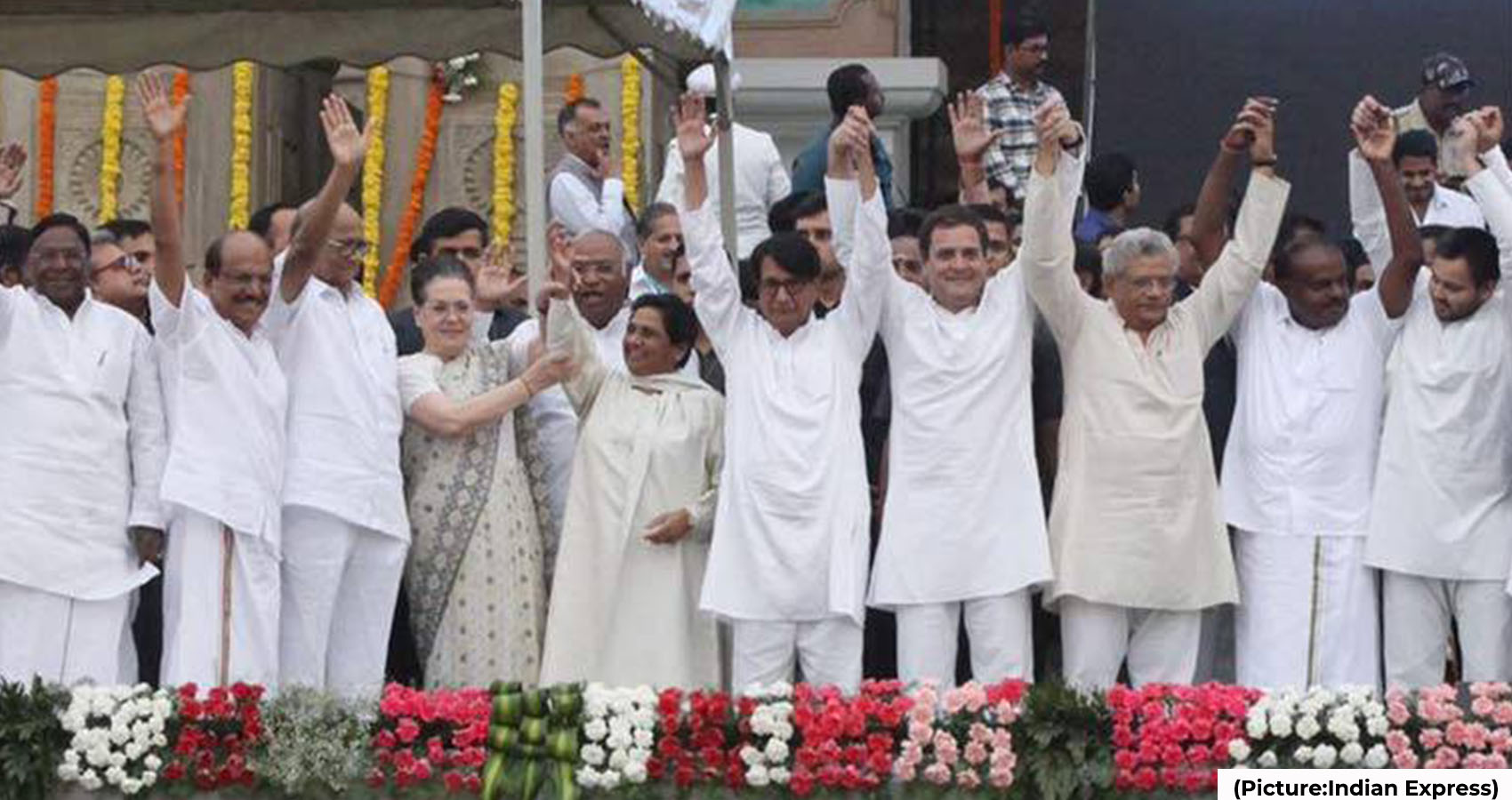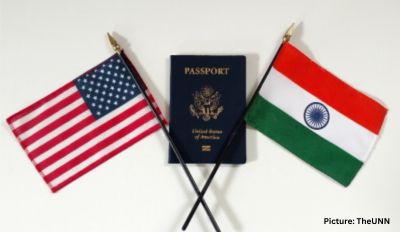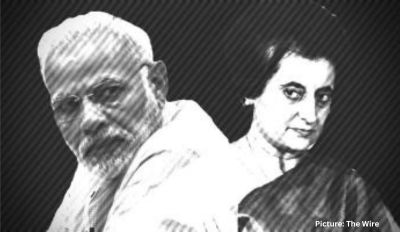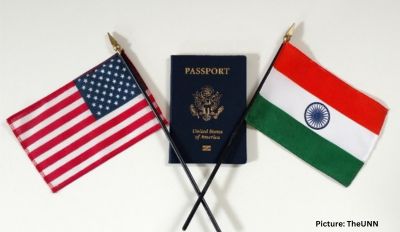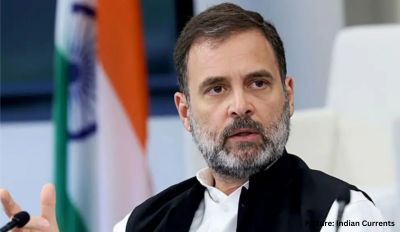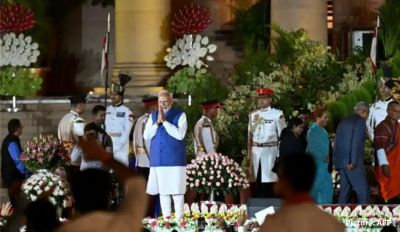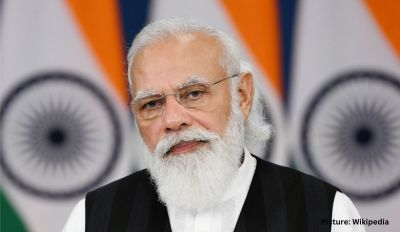The fact that the BJP managed to get into power in four Assembly elections out of five gave a jolt to the Opposition. It had hoped that lack of governance, anti-incumbency, politics of hatred and division, inflation, unemployment, and a poorly managed pandemic would relegate them into a corner. But precisely, the opposite happened.
India’s voters have changed. All these crucial issues did not weigh in during the polls. The most eloquent example is Uttar Pradesh, India’s largest state. In rally after rally, the Chief Minister, Yogi Adityanath, said that this election would determine who would win — the Hindus or the Muslims. It was one of the most polarising elections in recent history. Hate speeches were the highlight of the campaign.
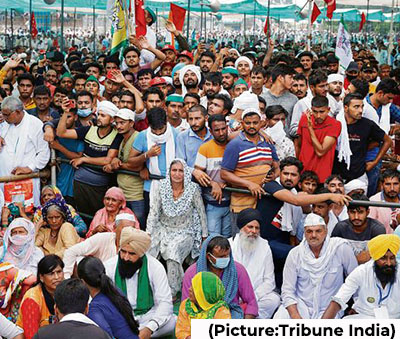 Journalists who traveled extensively into the Hindi heartland say that they found the voters constantly complaining about lack of jobs, high inflation, cooking gas, petrol prices, and many other issues. But when asked who they would vote for, their choice was unanimous: BJP. What was the rationale? They said that Modi was in for the big fight, so they wanted to support him and his party. What they meant by the big fight was Hindus versus Muslims.
Journalists who traveled extensively into the Hindi heartland say that they found the voters constantly complaining about lack of jobs, high inflation, cooking gas, petrol prices, and many other issues. But when asked who they would vote for, their choice was unanimous: BJP. What was the rationale? They said that Modi was in for the big fight, so they wanted to support him and his party. What they meant by the big fight was Hindus versus Muslims.
Let us not miss this new political culture that has whipped India by storm. For the opposition to change the BJP narrative of Hindutva being supreme and the formation of what they call the Hindu Rashtra is not easy now as it has taken roots in the last seven years.
Even in a state like Kerala, where communalism could not be easily ignited, there are clear signs of how right-wing groups are growing. It is another story that the BJP has not been able to make electoral inroads. The party does not have a single Assembly seat or an MP in Lok Sabha.
No Opposition party in India, including the Congress, has organisational support like the BJP, which has the RSS, the VHP, Bajrang Dal, and numerous other organisations that work for it round-the-year, building grassroots and working on systematic propaganda.
Politics in India is also about perception. Look at what Modi has done with calibrated propaganda along with his leaders to show that no one else can succeed like them in politics and governance.
No more is it just caste groupings that are going to work. Nor is anti-incumbency a factor. Yogi Adityanath, Pinarayi Vijayan, Navin Patnaik, Arvind Kejriwal, and Mamata Banerjee have shown they can ride back to power again, reinforcing that good governance has a role to play in the future. Kerala has never seen a Chief Minister come up with a repeat performance. But, in the last elections, Vijayan broke that record primarily due to the excellent management of the pandemic and floods that ravaged Kerala despite little help from the Centre.
Is the Opposition Ready?
How is the Opposition planning to fight the BJP, which today is the wealthiest party with the enormity of funds no party can imagine? Elections in India demand hordes of cash. Most parties today are struggling to attract funds.
According to the Election Commission, more than Rs 6,500 crore was spent in elections between 2015 and 2020 by 18 political parties. These included seven national parties and seven regional parties. Rs 3,400 crore, or 52.3 percent, was spent on publicity alone.
Audit reports show that when it comes to election expenditure, the BJP spent over Rs 3,600 crore of the total election outlay by all 18 parties in five years. In contrast, the Indian National Congress spent over Rs 1,400 crore. While the BJP itself spent over 56 percent of the total amount, the Samajwadi Party spent 3.95 percent, Dravida Munnetra Kazhagam (DMK) spent 3.06 percent, Bahujan Samaj Party spent 2.04 percent, and the Trinamool Congress spent 1.83 percent. How are these parties ever going to catch up as election expenditures soar? The new norm is to advertise heavily and aggressively using digital media.
Look at the kind of digital reach that the party today has. When the Election Commission banned campaigning due to the Covid-19 protocol, parties like the Samajwadi Party in UP realised that they were checkmated by the digital reach of the BJP and were unable to match it.
According to the EC data, of the total electoral bonds sold in 2019-20, the BJP got over 75 percent, while the Congress could manage just 9 percent. Other parties like the Trinamool Congress, DMK, NCP, AAP, and RJD could mop comparatively minuscule amounts.
New Strategies Needed
The Congress decided to give tickets to women, but it could win just two seats; one was a female who had won numerous elections earlier. At one time, UP was a stronghold of Congress. Today, it has two seats in an Assembly of 403. It fielded 160 women out of its 401 candidates, something of a first in Indian elections, but only one of them won as she had won earlier too. What did Priyanka Gandhi, in-charge of the UP elections, expect in an intensely feudal and patriarchal state? So, strategies have to be dramatically different. It has to be workable to win elections and not just look politically correct.
Can the rag-tag Opposition of India take on the BJP in the next parliamentary elections? It indeed cannot if we take the current scenario into account. The Opposition is currently disunited, insecure, and has no shared vision that can even sound like an excellent alternative to the high-pitched BJP propaganda. More importantly, it does not have a single leader who has emerged with the personality that Indian voters would like to look at or trust. The Opposition has done little to catch the electorate’s imagination in the last seven years.
Which Opposition leader can carry disparate parties with different ideologies on one platform? They cannot agree even on a standard programme. All of them have burning ambitions and are vying for the top post.
Hurt and False Egos
Mamata Banerjee has been fearless and combative more than any other leader. She has made some feeble attempts at cobbling up an alternative front but has not succeeded. She does not get along with the Congress leadership, and it is well-known that Sonia Gandhi and Rahul Gandhi do not want to give the leadership mantle to her.
Mamata did not even attend a recent meeting called by the Congress of Opposition leaders. She has said that Congress is no more able or fit to lead the Opposition in the country as it has lost credibility. The Congress did toy around with having a joint meeting with Opposition parties after the recent elections.
Still, even Mallikarjun Kharge, the Opposition leader in the Rajya Sabha, was apprehensive that some parties might not join and would send a wrong message about opposition unity. He is right as in the present circumstances, both TMC and AAP are eyeing the space of the Congress in various states wanting to capture it as they did successfully in West Bengal, Delhi, and Punjab. After the recent elections, Congress alleged that the TMC and AAP had split opposition votes in Goa, helping the BJP.
Many Congress leaders have joined the TMC, while others are now looking at AAP and assessing their future as politicians as India’s grand old party plummets to a new low. Mayawati, the Chief Minister of UP for four terms, chose not to campaign as she does. Her Bahujan Samaj Party was virtually non-existent in the high-decibel campaign. Political onlookers suspect that she had opted to become the B-Team of the BJP and help it win. They suspected that a deal was thrashed out between her and the BJP.
The BSP, which once ruled UP, got just one seat. Mayawati is ambitious, and in these circumstances, she will have to join the Opposition bandwagon though not much will come out of it as the BJP and the Samajwadi Party have made inroads into her traditional strongholds. The SP will now not want to do anything with her.
Just Regional Satraps
The Trinamool Congress is strong in West Bengal, but that is it. While it is a critical state that sends many MPs, the fact is that it has no significant presence anywhere. Mamata Banerjee also does not have the persona to emerge as a national leader. She is seen as an aggressive street fighter, but that is not enough. Not many regional leaders like her style of functioning.
The Dravida Munnetra Kazhagam has its presence only in Tamil Nadu. Though Stalin is surprising everyone with his astuteness and vision to change the future of Tamil Nadu, the fact is that he has no pan-India appeal. Nor has his party. At least the AAP and the TMC are trying to contest in other states to make a dent or impression. The TMC contested in Goa for the first time and managed to get 6 percent of the vote share.
The Telugu Desam Party also has its presence only in Andhra Pradesh and in Telangana. The same goes for the Biju Janata Dal in Odisha, where it has developed strong roots in the last fifteen years. As the elections in Punjab demonstrated, the Shiromani Akali Dal, which once ruled Punjab, is a spent force and will make little difference. The RJD is also a regional party with its primary influence in Bihar and Jharkhand.
That leaves the Nationalist Congress Party of Sharad Pawar, a part of the ruling coalition in Maharashtra. It has grown in strength and has an influence also in some other states in the north-east. The Shiv Sena is not likely to ever join the BJP as a coalition partner as they have figured out that it would not get the space it deserves. They are a formidable force, and the BJP will have to fight hard to get back to Maharashtra.
Congress not a Force
Congress is no more seen as a party that can bind the Opposition. It is caught in the whirlpool of its own making. It does not have decisive leadership. It cannot even enforce discipline. It has not had a full-time president for a long time. Look at how the Congress chief in Punjab, Navjot Singh Sidhu, behaved throughout the campaign. He was virtually destroying what little support Congress had. He was not reprimanded or punished. Even after losing the election, he continued to work against his party’s interests. He has already started flirting with the AAP as he has no political future.
One would have expected Sonia Gandhi to step down from interim president, but the Congress Working Committee asked her to stay on as they had complete faith in her. The party has become a laughing stock, and no one seems to care. Gandhi’s loyalists attacked those who demanded inter-party democracy and elections along with restructuring. It will be surprising if the party does not split, as patience is dying among party workers who do not see any future.
How does Opposition unity work here in such a grim political situation? No one seems to understand that the only way to dislodge the BJP is to band together to form a genuine united front. It should be such that voters feel that there is a viable alternative. The BJP knows how weak the Opposition is today.
United Opposition a Must
Democracy can flourish only with a vibrant and robust Opposition fighting to protect the freedoms guaranteed by the Constitution. They should be guarding the rights of people. They should be raising their concerns and aspirations of the people to the government. They should be correcting the government’s flaws and scrutinising legislation and policies. It must hold the government accountable and play a vital role in various committees so that the powers do not steamroll whatever it wants or what its political agenda is dictating. In a way, the Opposition is an alternative government keeping an eye open for any discrepancy. It must be credible and not just hungry for power, as we see in India.
Many regional parties like the DMK, BJD, SP, NCP, TDP, RJD and some others may be able to win seats in the next parliamentary elections. Still, the moot question is whether they will be able to band together as one force with a joint programme that would force the electorate to think twice before voting the BJP back to power.

